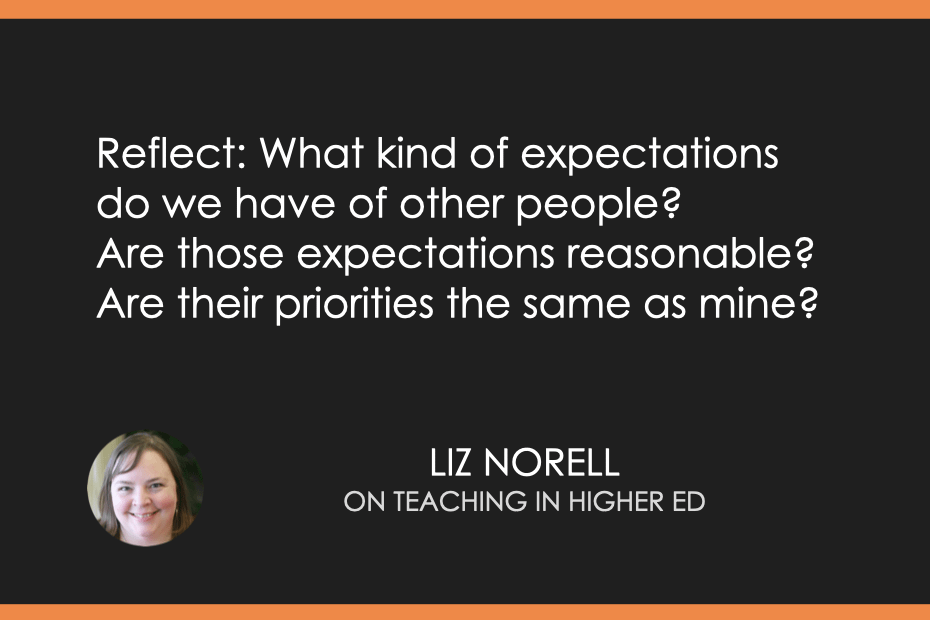
 Teaching in Higher Ed
Teaching in Higher Ed The Present Professor – Authenticity and Transformational Teaching
16 snips
Jan 16, 2025 Liz Norell, the Associate Director of Instructional Support at the University of Mississippi and author of "The Present Professor: Authenticity and Transformational Teaching," discusses the power of authenticity in education. She emphasizes the need for psychological safety to cultivate empathy and shares personal insights from her teaching journey. Norell addresses the challenges educators face in balancing professional pressures with genuine connections and stresses the importance of meaningful engagement aligned with student goals.
AI Snips
Chapters
Books
Transcript
Episode notes
Embodiment
- Embodiment involves paying attention to our body's information, not just intellectualizing.
- It's about recognizing subconscious cues and physical reactions, like tension in a silent car argument.
Embodied Experiences
- Bonnie Stachowiak recalls pivotal moments of heightened body awareness, like a colleague's chemo and her high-risk pregnancy.
- She connects this to Bell Hooks' work on embodiment and the simple act of acknowledging our physical needs.
Physical Empathy
- We unconsciously mirror others' body language, generating empathy by experiencing their physical state.
- This physical empathy, separate from intellectual understanding, enhances relationships and teaching.








